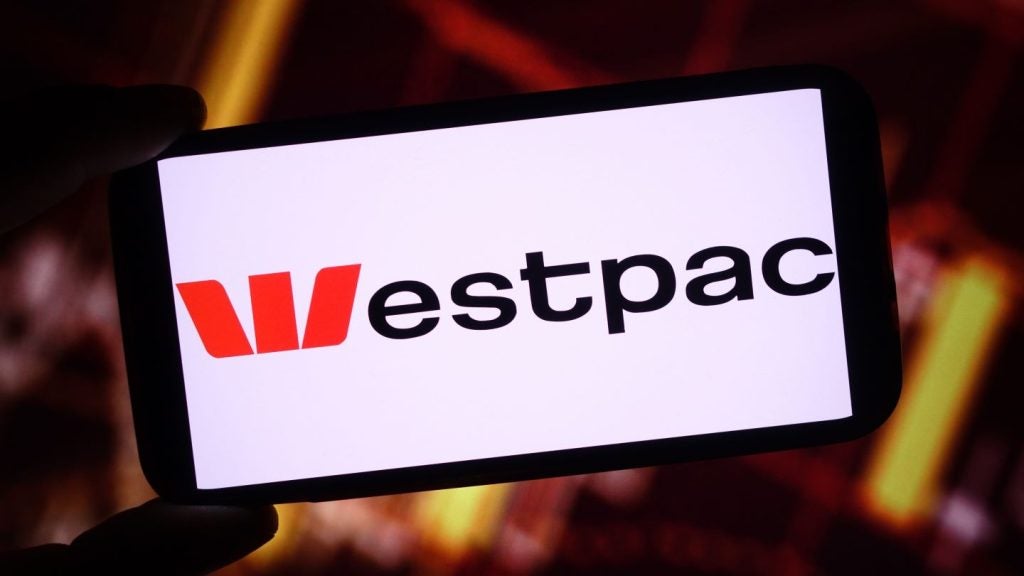Danske has posted a net profit of DKK1.7bn (€230m) for the 12
months to 31 December, down 53% from the same period a year
ago.
Net interest income fell by 1.3% to DKK23.54bn while net fees
were down by 4.6% to DKK8.29bn.
Danske’s banking unit remained in the red but reduced its full
year loss before tax to DKK490m, down 70% from a loss before tax of
DKK1.67bn the previous year.
Danske’s banking losses were attributable to its troubled
subsidiaries on the island of Ireland.
In Northern Ireland, Danske’s Northern Bank unit posted a loss
before tax of DKK1.86bn, more than double the loss of DKK833m the
previous year.
In the Republic of Ireland, Danske’s National Irish Bank
subsidiary lost DKK6.0bn for the year to end 2011, up just over 30%
from the previous year.

US Tariffs are shifting - will you react or anticipate?
Don’t let policy changes catch you off guard. Stay proactive with real-time data and expert analysis.
By GlobalDataGroup wide, Danske ended 2011 with a branch network of 645
outlets serving 5m customers.
Danske said that its investment in the mobile channel was
starting to pay off: 7% of all customer online banking transactions
were conducted via mobiles.
Danske ended 2011 with lending and deposits market shares of 29%
(up 1 percentage point year-on-year) and 30%, respectively (flat)
in Denmark.
In Finland, Danske’s market shares for both lending and deposits
remained flat at 12%.
In Sweden, Danske retained lending and deposits market shares of
6% and 5% respectively while in Norway, market shares for lending
and deposits remained at 5%.
In Estonia, Danske’s lending market share fell by 1 percentage
point in 2011 to 9%; its deposits market share slipped by 2
percentage points to 14%.
2011 Danske banking highlights
Group wide, Danske banking highlights in 2011 included:
- In Denmark, the banking unit returned to
profit: in 2011, Danske’s retail-focused banking division posted a
profit before tax of DKK3.42BN, compared with a loss of DKK873m in
2011; - In Sweden, retail banking profit before tax
increased by 7.3% to DKK1.31bn; - Group wide, loan impairments fell in 2011, by
4.6% to DKK13.2bn; - Group wide expenses remained flat in 2011,
and - At 31 December 2011, Danske’s tier 1 capital
and total capital ratios were solid at 16.0% and 17.9%,
respectively, against 14.8% and 17.7% at the end of 2010.
Less positive group metrics included a 3.7
percentage point increase in the Danske cost-income ratio to
59.9%.
Peter Straarup, chairman of the Danske
Executive Board said:
“The second half of 2011 was characterised by
considerable financial turbulence and economic downturn.
“Our results are therefore lower than expected
at the beginning of the year.”
Looking ahead, Danske expect earnings to
remain low in 2012 with total impairment charges remaining
high.







